5th Cru Classe, 1855
14 allée du Tertre
33460 Arsac
+33 (0)5 57 97 09 00
www.chateaudutertre.fr
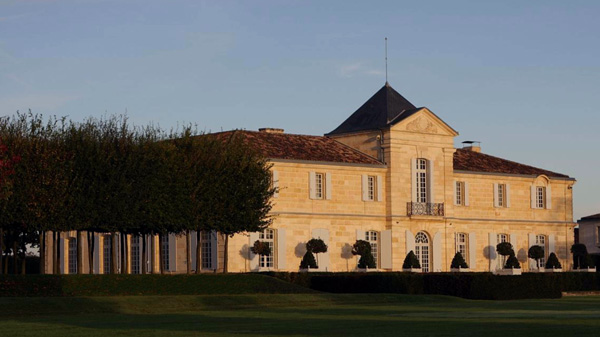
Location: AOC Margaux, in the commune of Arsac (and known in the 19h century as Tertre d’Arsac). Its vines border those of Chateau Giscours.Production: 52 hectares, unchanged in size since 1855
Five things you didn't know about Chateau du Tertre:
- 17th century owner Pierre Mitchell was a glass blower in central Bordeaux, and was responsible for the creation of the Jeroboam bottle. Because of his occupation, it is highly likely that the first chateau bottling in Bordeaux took place at du Tertre.
- As part of the Seigneurie d’Arsac, Chateau de Tertre dates back to 1143, making it certainly one of the oldest in the Médoc. Today it is also one of the few unchanged in size since the 1855 Classification.
- There is a distinctly Dutch influence at the estate. Alexander Van Beek has headed up the team since 1995 (he was just 24 when he was offered the job, fresh from an MBA in Geneva – although he did not become director until 1997). Owner Eric Albada Jelgersma is a Dutch food entrepreneur who divides his time between Bordeaux and Belgium.
- Technical director Frédéric Ardouin came from Chateau Latour in 2008.
- The estate is currently converting to biodynamic farming.
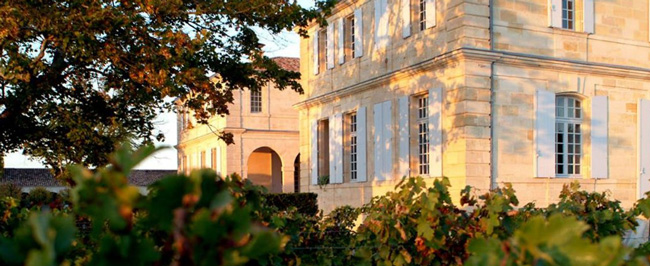
Current owner: Eric Albada Jelgersma.
Most notable previous owner: Pierre Mitchell, who was born in Dublin in 1687, and moved to Bordeaux in the 1700s, where he first made wine barrels, then founded the first glass blowers, initially in Eysines then, from 1723, on Place Mitchell (as it is now called). In 1724, he bought a part of the Seigneurie d’Arsac, then bought up more vines in the Margaux region, and built Château du Tertre around 1736. Two years later, in 1738, he received letters of patent from the French monarchy, after which his workshop became known as the ‘Verrerie Royale de Bordeaux’. He was responsible for the creation of the Jeroboam and the traditional Bordeaux bottle shape (similar to that used by Chateau Haut-Brion today) – and it is highly likely that Mitchell tried bottling some of his wine in the 1730s, making this estate one of the pioneers in Bordeaux.
Other chateaux owned: Chateau Giscours, AOC Margaux. Plus the biodynamic estate Caiarossa in Tuscany.
Commercial strategy: 100% négociants, sold 90% en primeur through the Place de Bordeaux
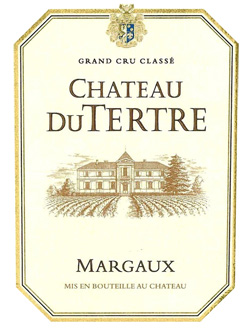
Second wine: Les Hauts du Tertre.
Through the centuries:
As part of the Seigneurie d’Arsac, Chateau de Tertre dates back to 1143, making it one of the oldest estates on Left Bank Bordeaux. The owner of Seigneurs d’Arsac included, over the centuries, both the brother of philosopher Michel de Montaigne and the Count de Ségur family of Lafite and Latour. In 1723, part of its lands was bought by Irish merchant Pierre Mitchell, who combined it with some vines from Margaux, and built Chateau du Tertre in 1736. After the French Revolution, it was owned first by Charles Henri (who owned it at the time of the 1855 classification, when it was named a 5th Growth), and then Baron Henri de Koenigswarter, and was well regarded on the Dutch market, providing a happy link with today’s owners. It changed hands frequently through the 19th and early 20th century, meaning that quality and reputation took a hit, until Philippe Gasqueton of Chateau Calon-Ségur (another former Count de Ségur property, by coincidence) took over, with a group of Belgian investors, in 1961. Both Gasqueton and his son-in-law Alain de Baritault invested heavily in the winemaking, but after Gasqueton’s death in 1996, the estate was sold to Jelgersma of Chateau Giscours.
Consultant: Denis Dubourdieu (started as consultant for du Tertre with 2009 vintage and as sole consultant since 2011 vintage. previously worked with Eric Boissenot), with Frederic Ardouin at technical director.
Plantation and vineyard work:Cabernet Sauvignon (43%), Merlot (33%), Cabernet Franc (19%), Petit Verdot (5%), average age 35 years, with oldest vines dating back to 1961, planted to 6,800-9,000 vines per hectare. Hand-harvesting. From the 2008 vintage, biodynamic farming has been increasingly practised, and across the vineyard only organic compost is used.
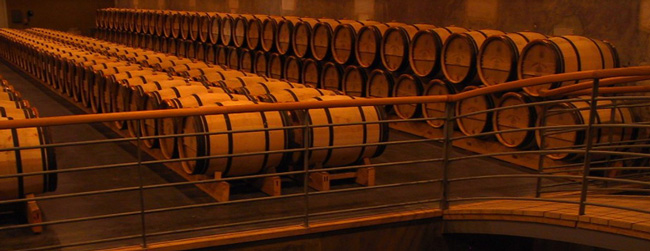
Vinification: The blend for the first wine is often around 70% Cabernet Sauvignon. For the last few years, the winemaking team has been completely separate at du Tertre and Giscours to ensure that each chateau receives absolute focus – with Van Beek overseeing both. Frédéric Ardouin arrived in 2008, and has focused on ever-greater precision in the winemaking, adding, for example, small-sized triconic-shaped cement vats to allow full plot-by-plot vinification. Vinification at a low temperature (usually around 25 degrees centigrade). Soft, pneumatic pressing. Wine aged in oak barrels with around 50% new oak. Egg white fining.
Terroir: One of the highest gravel outcrops in the Médoc, with excellent drainage. Large gravel stones from the Tertiary Era.
Recent improvements or changes:
Since 2008, the estate has been gradually moving to biodynamic farming (Ardouin worked on a similar programme at Latour, and Albada Jelgersma also has a fully biodynamic property in Tuscany).
Chateau du Tertre has an award-winning chambres d’hotes with five bedrooms.
Recent Decanter scores:
2012 en primeur – 16.75 points/20
2011 en primeur – 16.5 points
2010 en primeur – 17 points
2009 en primeur – 17.5 points
2008 en primeur – 16 points
Average bottle price in UK: £20-£50, depending on vintage.
- Follow us on Weibo @Decanter醇鉴 and Facebook
and Facebook for most recent news and updates -
for most recent news and updates -
All rights reserved by Future plc. No part of this publication may be reproduced, distributed or transmitted in any form or by any means without the prior written permission of Decanter.
Only Official Media Partners (see About us) of DecanterChina.com may republish part of the content from the site without prior permission under strict Terms & Conditions. Contact china@decanter.com to learn about how to become an Official Media Partner of DecanterChina.com.

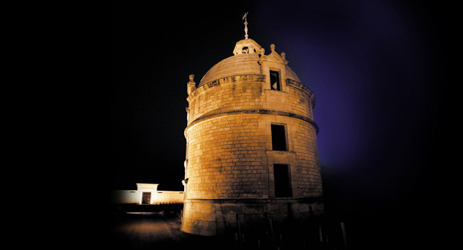
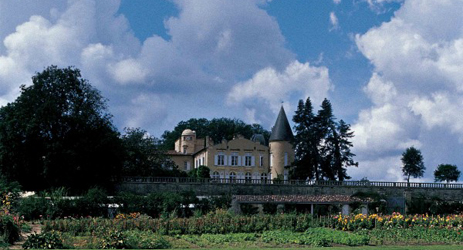
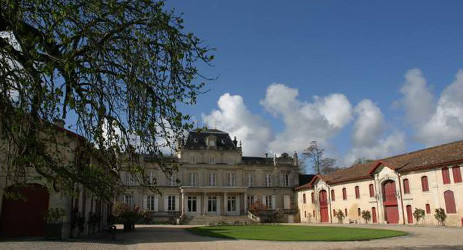
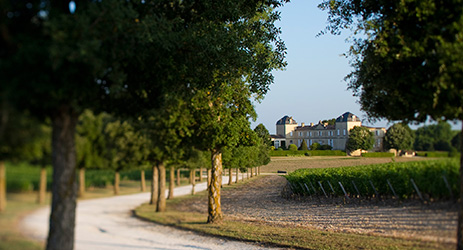
Comments
Submit